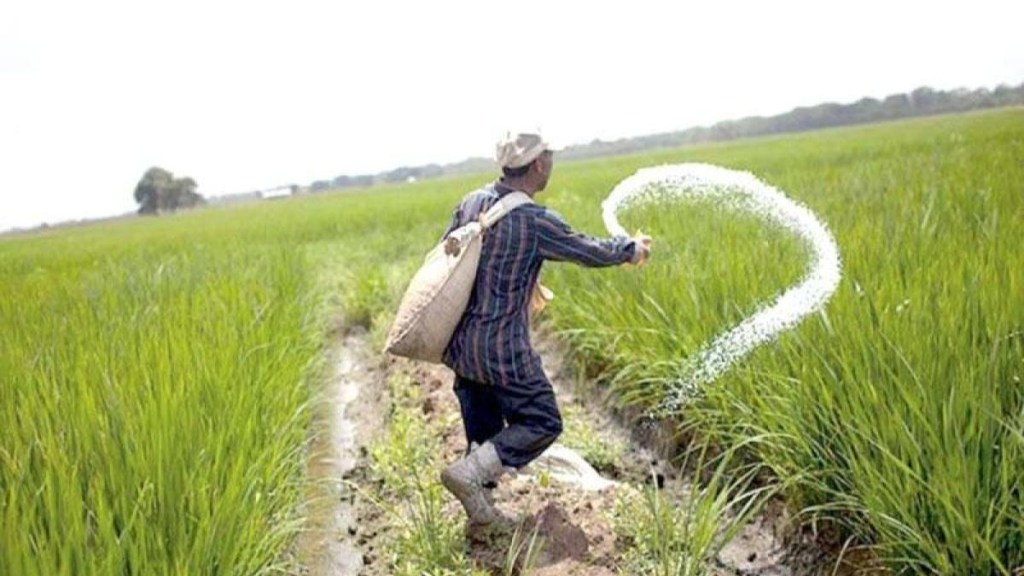The country’s consumption of urea is projected to decline by 8% to 32.7 million tonne (MT) in the current financial year compared to FY23 because of the introduction of nano-urea, fertilizer minister Mansukh Mandaviya on Friday said.
“India has reduced the consumption of traditional urea substantially since the introduction of nano-urea,” Mandaviya said in a briefing, without quantifying the savings in fertiliser subsidy on this account.
Out of the fertiliser subsidy as per revised estimate for FY24 at Rs 1.88 trillion, urea subsidy accounted for Rs 1.32 trillion.
He said with the exception of further reduction in urea consumption, the country is expected to stop urea imports by the end of FY25. “In the last two years, the use of conventional urea has been lower in 344 districts, and 74 districts have started using more nano urea,” Mandaviya said.
India imports about 15 to 20% of its urea consumption.
The commercial production of nano urea commenced on August 1, 2021 by India Farmers Fertiliser Cooperative (IFFCO) and Rashtriya Chemicals and Fertilizers. IFFCO has the patent for Nano urea is a liquid form.
Officials said the efficiency of nano urea is more than 80% as compared to around 40% of conventional urea. Use of nano urea increases yield by 3-16% and reduces the loss of nutrients from fields.
Since its launch, 70 million bottles of nano-urea has been sold, an official said
The government is aiming to increase the current annual production capacity of nano urea from the 50 million bottle (550 ml each) to 440 million bottles which potentially is equivalent to 20 MT of conventional urea by 2025 thus would stop import of soil nutrient variety.
Soil nutrient in liquid form provides nitrogen to plants as an alternative to conventional urea. A 500 ml bottle of nano urea is equivalent to a 45 kg bag of conventional urea.
Since March, 2018, the retail urea price has remained unchanged.The scheme allows retail prices of the key soil nutrient to farmers to be kept at 242 per bag of 45 kg, even as the current cost of production is around Rs 2,200/bag.
The balance is provided by the government as a subsidy to manufacturing units.
A parliamentary panel had stated that precise application of nano-urea at critical crop growth stages can replace 25 – 50% of usage of conventional application of soil nutrient thus resulting in savings on fertiliser subsidy.
“With the use of nano urea, the exchequer can save $3 billion equivalent to around Rs 25,000 crore in subsidy bill per year considering subsidy of approximately Rs 20,000 per metric tonne of urea,” the panel on ‘nano-fertiliser for sustainable crop production and maintaining soil health’ has said in a report.
In terms of volume, imports account for a third of domestic soil nutrients consumption of around 60 MT annually.
